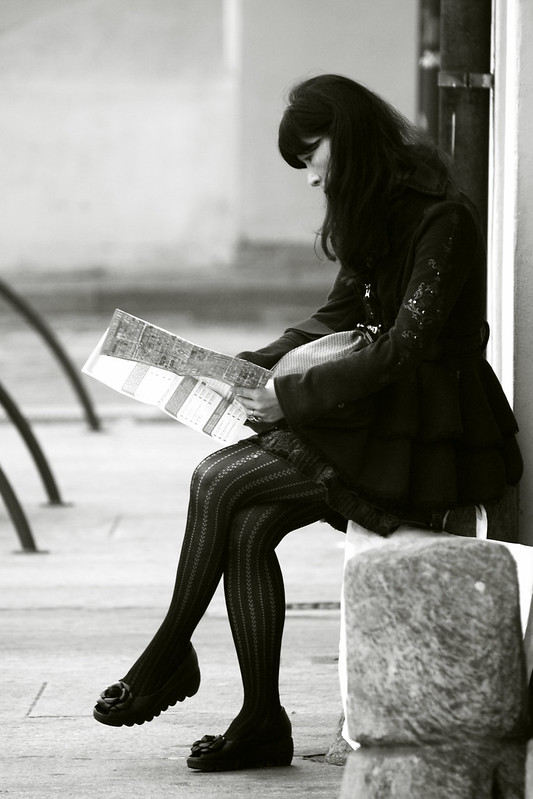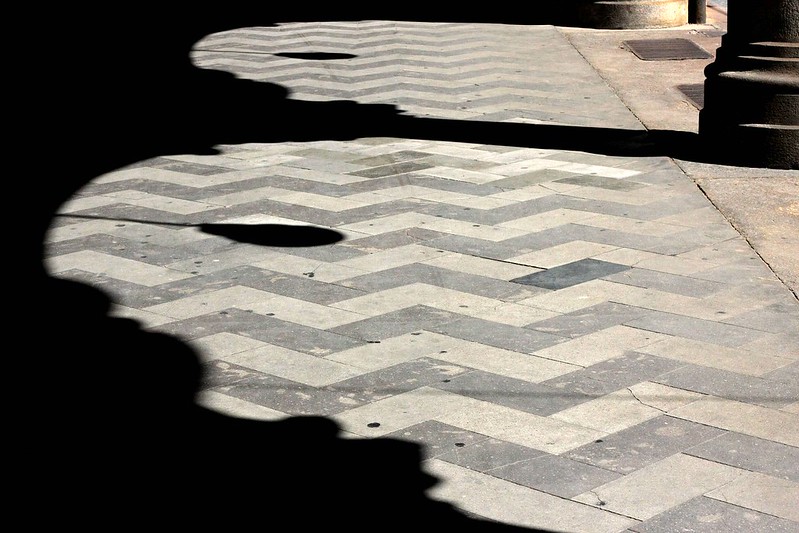Black and white photography
In the analog era, black and white photography was a decision that had to be made at the outset. Indeed, you had to buy rolls of film specially made for color photos. Color was therefore a deliberate choice, often unappreciated in artistic circles.
Today, on the other hand, the choice is improvisational. We make it through the use of a black and white filter.









We might call this a perceptive paradox.
In other words, black and white photography was anciently felt to be the backbone, the real essence of this art. After all, photography was born as an image without colors. Indeed, in order to obtain them, the work of a painter was required at the printing stage, or for the film industry, on the film itself. The painter (or more often a photographer himself, with good dexterity) would retouch the photograph. He might add, for example, some color to the cheeks of the portraits, so that they would not resemble pictures of deceased people.
Today, on the other hand, black and white constitutes a kind of artifice that has to be “added” in the same way as sepia and other digital effects. Some lovers of traditional photography still frown upon this kind of digital trickery.
Yet black and white photography still appeals to us so much.
The reason may be different for each of us. Certainly for the above reasons, it is often a legacy of the past. And of photography in a more classic and academic sense. That is why it seems to us to lend respectability to our shot. But basically it has to do with the atmosphere we want to associate with the subject and the intended effect on the viewer.
Color remains an important aspect of a photo. It adds visual vibrancy, helps to energize static images, basically adds an attribute to enjoy it. It adds vibrancy and interest, shows life and energy, and can create a very positive mood.
Black and white photography, on the other hand, is not deprived of some deep fascination.
In general, when you change the color, you change the mood, and this is also true when you add color to what has none. Although it is clear that in the digital age we can rather speak of “subtraction” of color relative to black and white than the contrary process.
Color, or the lack of it, the “subtraction” of it precisely, is also a true technical gesture. This gesture, however, can have an impact on the final product and can even constitute an artistic act.
Certainly it is first and foremost a technical act.
Technically, the choice can affect the perception of the image, the subject and the atmosphere in which it is set. But essentially it is a choice that we must make by taking into account all the factors that define the photo. This includes composition, perspective, light, and contrast.
Indeed, the difference in color and lighting can add additional visual interest after transforming into black and white. The extra monochromatic tones will help darken the ensemble, creating an exciting shot.

